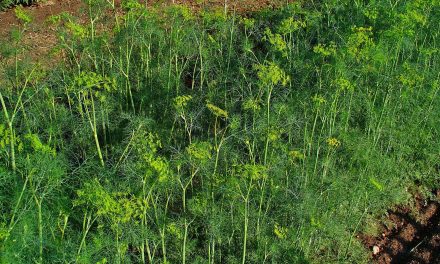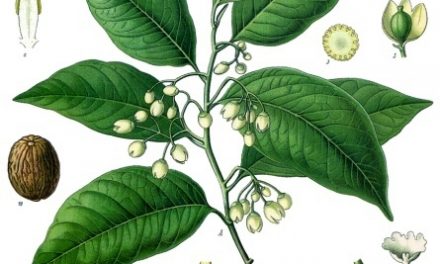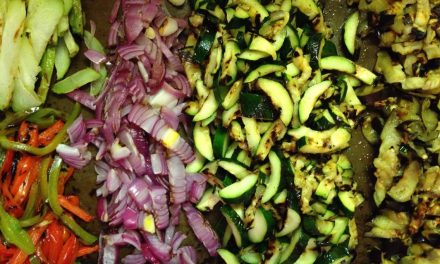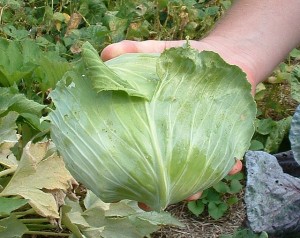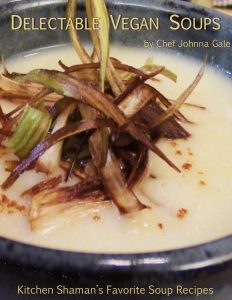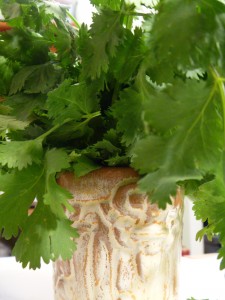 I’ve been using cilantro in cooking for years. Growing up in the Southwest, it is easily accessible. I’ve always enjoyed the flavor, the smell, and the taste. What I did not know was the considerable health benefits linked to this one plant used as both herb and spice.
I’ve been using cilantro in cooking for years. Growing up in the Southwest, it is easily accessible. I’ve always enjoyed the flavor, the smell, and the taste. What I did not know was the considerable health benefits linked to this one plant used as both herb and spice.
Cilantro, also known as fresh coriander and Chinese parsley, has been used in medicine and cuisines around the world for over 5,000 years. Thought to be one of the oldest cooking herbs, traces of the plant have been discovered in tombs in Egypt and an ancient cave in Israel. Cilantro provides a healthy dose of Vitamin K, Vitamin C, and E. Reported health benefits include aiding digestive health and relieving anxiety. There is some research that indicates it can alleviate the food poisoning known as Salmonella. It can act as a preservative that helps prepared foods last longer. Combine it with citrus and the shelf life of salsa and other foods increase by 3-4 days.
Cilantro regularly appears in cuisines around the world — Latin American, Asian, Indian, Mediterranean, Middle Eastern, and Scandinavian, to name a few. Cilantro has traveled the world. Brought to the New World by the Conquistadors, it was quickly adopted by the native populations. It is found in the modern cuisines of Mexico as well as Sonoran and Southwestern cuisines.
I use cilantro and its seed, coriander, on an almost religious basis. We always have chopped cilantro in the refrigerator and it goes in salsas, pesto, Tomatillo Sauce, and many other recipes. When I sauté, I usually add both cumin and coriander. Together they double health benefits while enhancing flavor.
Chopping herbs is easier than you may think. Take the bundle, roll it up, and put the edge of the knife close to the leaves. Using a rocking motion, slice the herb back and forth (this is called chiffonade). Once sliced, you can come back and chop it until it’s minced. Then use it at your leisure.
Wednesday I’ll be sharing a cilantro pesto pizza sauce.

